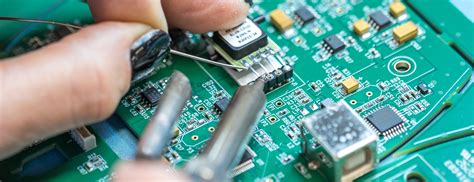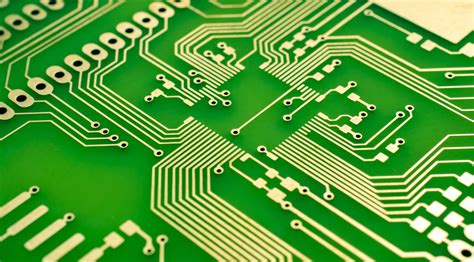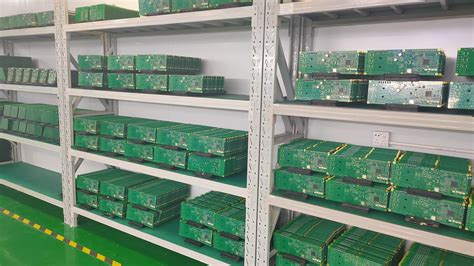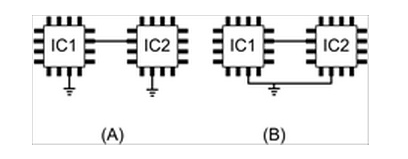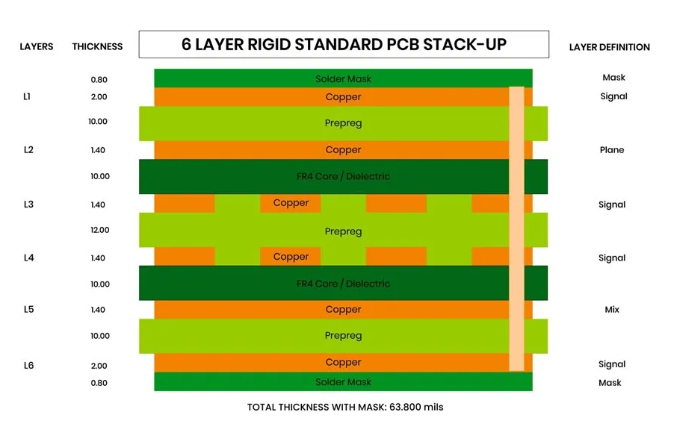Applications of Laser Cutting Machines in the PCB Industry and Industrial Fields
Introduction
Laser cutting technology has revolutionized modern manufacturing, offering high precision, efficiency, and versatility. In the printed circuit board (PCB) industry and broader industrial sectors, laser cutting machines have become indispensable tools. Their ability to perform intricate cuts, engravings, and micro-machining with minimal material waste makes them ideal for applications ranging from electronics to automotive manufacturing.
This article explores the various applications of laser cutting machines in the PCB industry and other industrial fields, highlighting their advantages and future trends.
1. Laser Cutting Machines in the PCB Industry
PCBs are essential components in nearly all electronic devices, requiring high precision in fabrication. Traditional mechanical cutting methods often lead to burrs, stress, and inaccuracies, whereas laser cutting provides a superior alternative.
1.1 PCB Drilling and Microvia Formation
Laser drilling is widely used to create microvias (tiny holes) in PCBs, which are crucial for high-density interconnect (HDI) boards. CO₂ and UV lasers are commonly employed for this purpose due to their precision and ability to produce holes as small as 20–50 microns in diameter.
- Advantages:
- No physical tool wear, reducing maintenance costs.
- High repeatability and accuracy for multilayer PCBs.
- Faster processing compared to mechanical drilling.
1.2 PCB Cutting and Routing
Laser cutting machines are used to shape PCBs into desired forms, especially for flexible PCBs (FPCs) and rigid-flex boards.
- Applications:
- Cutting complex outlines without mechanical stress.
- Trimming excess material from flexible circuits.
- Creating slots and notches for component placement.
- Advantages:
- No mechanical contact, preventing board warping.
- Smooth edges without burrs, reducing post-processing.
1.3 Solder Mask Removal and PCB Marking
Lasers are used to selectively remove solder mask layers for rework or to expose underlying copper traces. Additionally, laser marking ensures permanent identification (e.g., barcodes, serial numbers) on PCBs.
- Laser Types Used:
- Fiber lasers for high-speed marking.
- UV lasers for fine, residue-free ablation.
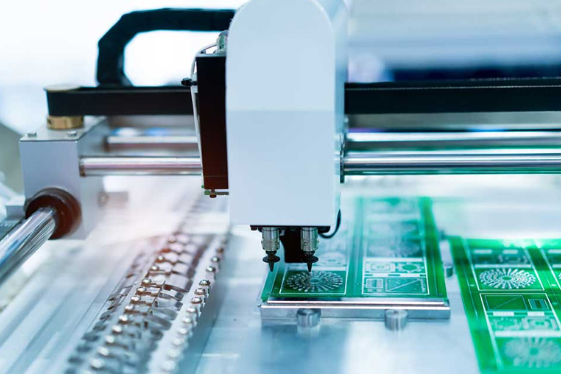
2. Industrial Applications of Laser Cutting Machines
Beyond PCBs, laser cutting machines play a crucial role in various industrial sectors due to their speed, precision, and adaptability.
2.1 Automotive Industry
Laser cutting is extensively used in car manufacturing for:
- Body and Chassis Fabrication: Cutting complex shapes in metal sheets.
- Airbag Components: Precision cutting of synthetic fabrics.
- Battery Packs for EVs: Cutting and structuring lithium-ion battery components.
2.2 Aerospace and Aviation
The aerospace industry demands high-strength, lightweight materials, making laser cutting ideal for:
- Titanium and Composite Cutting: Used in aircraft frames and engine parts.
- Honeycomb Structures: Precise cutting for weight reduction.
2.3 Medical Device Manufacturing
Laser cutting ensures sterile, high-precision components such as:
- Stents and Surgical Tools: Micro-cutting for intricate medical devices.
- Implantable Devices: Custom-shaped biocompatible materials.
2.4 Consumer Electronics
Lasers are used in producing:
- Smartphone Components: Cutting metal frames, glass, and touch panels.
- Wearable Devices: Engraving and cutting flexible circuits.
2.5 Metal Fabrication and Sheet Metal Processing
Industrial laser cutters handle:
- Steel, Aluminum, and Copper Cutting: Used in construction and machinery.
- 3D Laser Cutting: For complex geometries in automotive and aerospace parts.
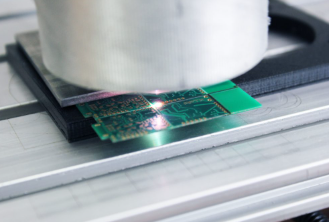
3. Advantages of Laser Cutting Over Traditional Methods
- Higher Precision: Sub-millimeter accuracy for intricate designs.
- Non-Contact Process: Reduces material deformation.
- Automation Compatibility: Integrates with CNC and robotic systems.
- Material Versatility: Cuts metals, plastics, ceramics, and composites.
- Reduced Waste: Optimized cutting paths minimize scrap.
4. Future Trends in Laser Cutting Technology
- Ultrafast Lasers (Femtosecond/Picosecond): For even finer micro-machining.
- AI and Machine Learning Integration: Optimizing cutting paths in real-time.
- Green Lasers: Improved efficiency for copper and reflective materials.
- Hybrid Manufacturing: Combining laser cutting with 3D printing.

Conclusion
Laser cutting machines have transformed the PCB industry and broader industrial manufacturing by enabling high-precision, efficient, and flexible production. From microvia drilling in PCBs to cutting aerospace-grade materials, lasers continue to push the boundaries of modern fabrication. As technology advances, their applications will expand further, solidifying their role as a cornerstone of industrial innovation.
By adopting laser cutting solutions, manufacturers can achieve superior quality, reduce costs, and stay competitive in an increasingly demanding market.


